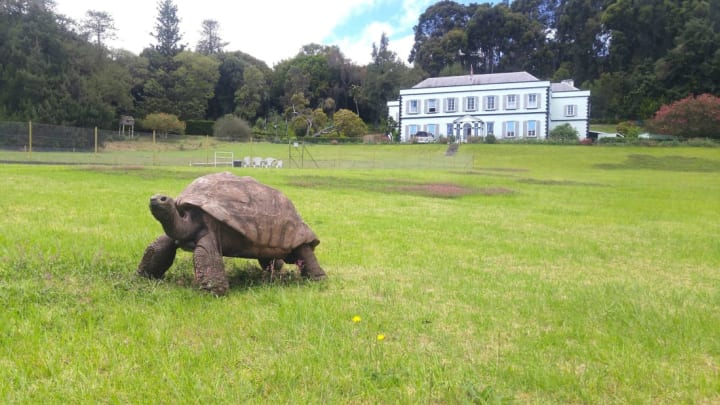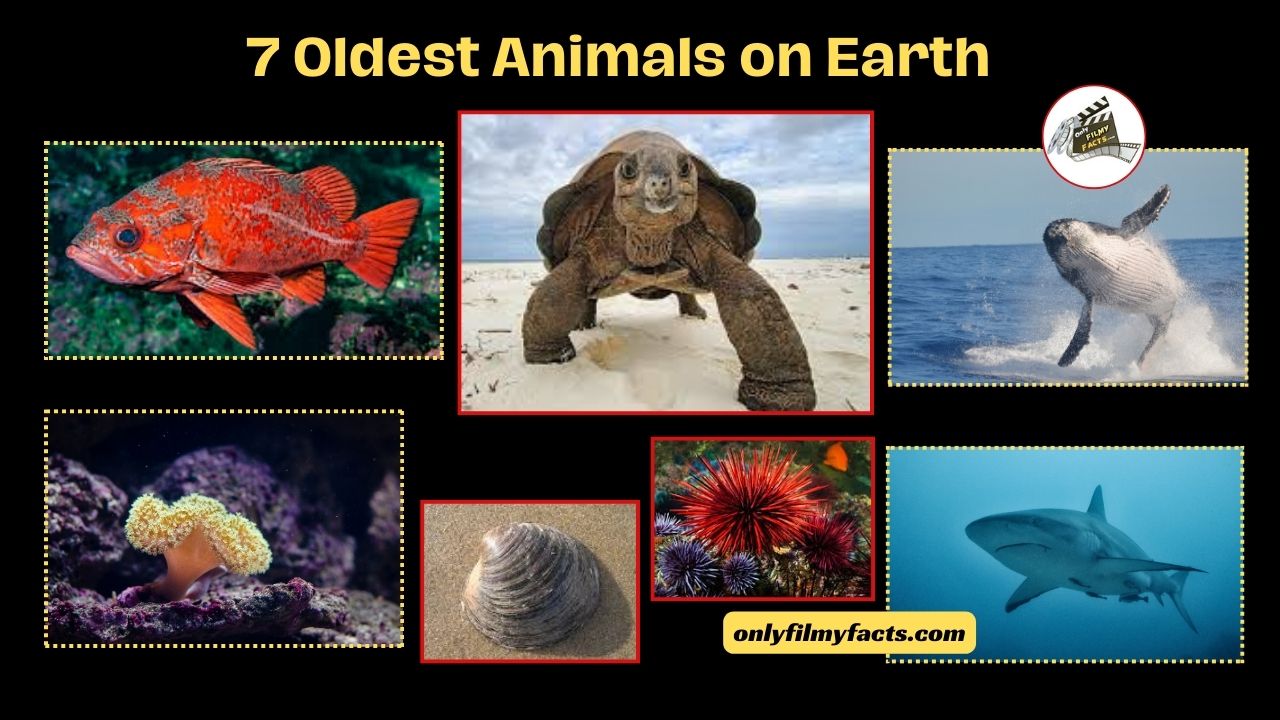Figuring out which Oldest animals are longest-lived is tricky, because some game the system. For instance, immortal jellyfish can clone themselves when they are still juvenile polyps and can go back to this stage at a later time. It’s a jaw-dropping feat—but is it the same jellyfish or a newborn copy?

Suspended animation is another loophole. According to a recent study in Current Biology, scientists thawed microscopic rotifers—which had been in a state of cryptobiosis in Siberian permafrost for 24,000 years—that started asexually reproducing like it was their morning routine.
These are the animals that, when such anomalies are taken into account, will most likely receive free birthday scoops from Baskin-Robbins over the course of their incredibly long lives.
7 Oldest Animals
1. Deep Sea Sponges // 2300-18,000 years
Monotrophis chuni, a species of deep-sea glass sponge, creates extraordinarily long silica spicules, or skeletal structures, with the sponge portion on top. It has an artistic floor lamp-like appearance. The layers of silica record both the animal‘s age and changes in climate, much like tree rings do. According to a 2017 study on the evolution of ocean composition, M. chuni spicules were between 5000 and 18,000 years old.
According to a 2008 study, the giant barrel sponge (Xestospongia muta) has a life expectancy of over 2300 years. This study examined the sponge’s growth rate.
2. Greenland Shark // 400-500 years

Hemming1952, Wikimedia Commons // CC BY-SA 4.0
The longest-living vertebrate in the world, the Greenland shark (Somniosus microcephalus), is one of the top predators in the Arctic despite its slow speed and tendency to become blinded by eye parasites. A new method for dating a 16-foot Greenland shark that was discovered as bycatch in fishing nets was employed in a 2016 study. Using radiocarbon dating, scientists were able to determine the specimen’s approximate age of 392 years, give or take 120 years, by analysing a protein in their eyes that forms before birth and stays viable throughout life. That suggests the sharks can live between 272 and 512 years.
3. Ocean Quahog // 200-500 years
The lifespan of these Arctic islandica cold-water clams is frequently well over 200 years [PDF]. The 507-year-old mature specimen known as Ming the Mollusc was gathered by scientists in 2006 from the Icelandic shelf, making it the oldest known specimen. Quahogs measure their age by counting the slender lines on their shells; however, the exact age of Ming was not discovered until 2013 by scientists at Bangor University in the United Kingdom. The animal’s nickname comes from the fact that it would have been born in 1499, during the Ming Dynasty.
4. Bowhead Whale // 200 years

Olga Shpak, Wikimedia Commons // CC BY-SA 3.0
Scientists have discovered that bowhead whales (Balaena mysticetus) can live up to two centuries by analyzing stone harpoon tips found in their blubber. In northern Alaska, while collaborating with Native whalers, biologists discovered embedded harpoon points that appear to have been made in the 1890s. Additionally, after examining the eye tissue of several bowhead whales, researchers deduced that one of the whales was 211 years old when it passed away. One of the 14 species of baleen whales, the bowhead is named for the high bow-like curve of its mouth and is the only one that can be found year-round in the Arctic.
5. Rockfish // 100-200 years
If they are not eaten first, some species in the genus Sebastianes can live for 100–200 years. Because they don’t spawn until they are about 25 years old, rockfish are susceptible to overfishing because of their delayed blooming and sluggish growth.
6. Red Sea Urchin // 100-200 years

Taollan82, Kirt L. Onthank, Wikimedia Commons // CC BY 3.0
Strongylocentrotus franciscanus, commonly known as Red Sea urchins, are akin to living Koosh balls. They primarily consume kelp and don’t give much thought to how amazing they look for their age. They have a 200-year lifespan and exhibit no signs of ageing, other than an annual growth spurt. Furthermore, they are even still able to reproduce. They may die by getting eaten, fished, or a specific disease, but very rarely (if at all) from old age.
7. Aldabra Giant Tortoise // 189 years and counting
The Aldabrachelys gigantea, or giant tortoises of Aldaba, would undoubtedly top any list of the most well-known long-lived creatures. Jonathan, a giant tortoise from the Seychelles, a subspecies of the Aldabra, is currently the oldest land animal in the world, having lived for 189 years and counting, on the island of St. Helena in the southern Atlantic Ocean. Three years before Charles Darwin would arrive in the Galápagos, Jonathan was born in 1832.
